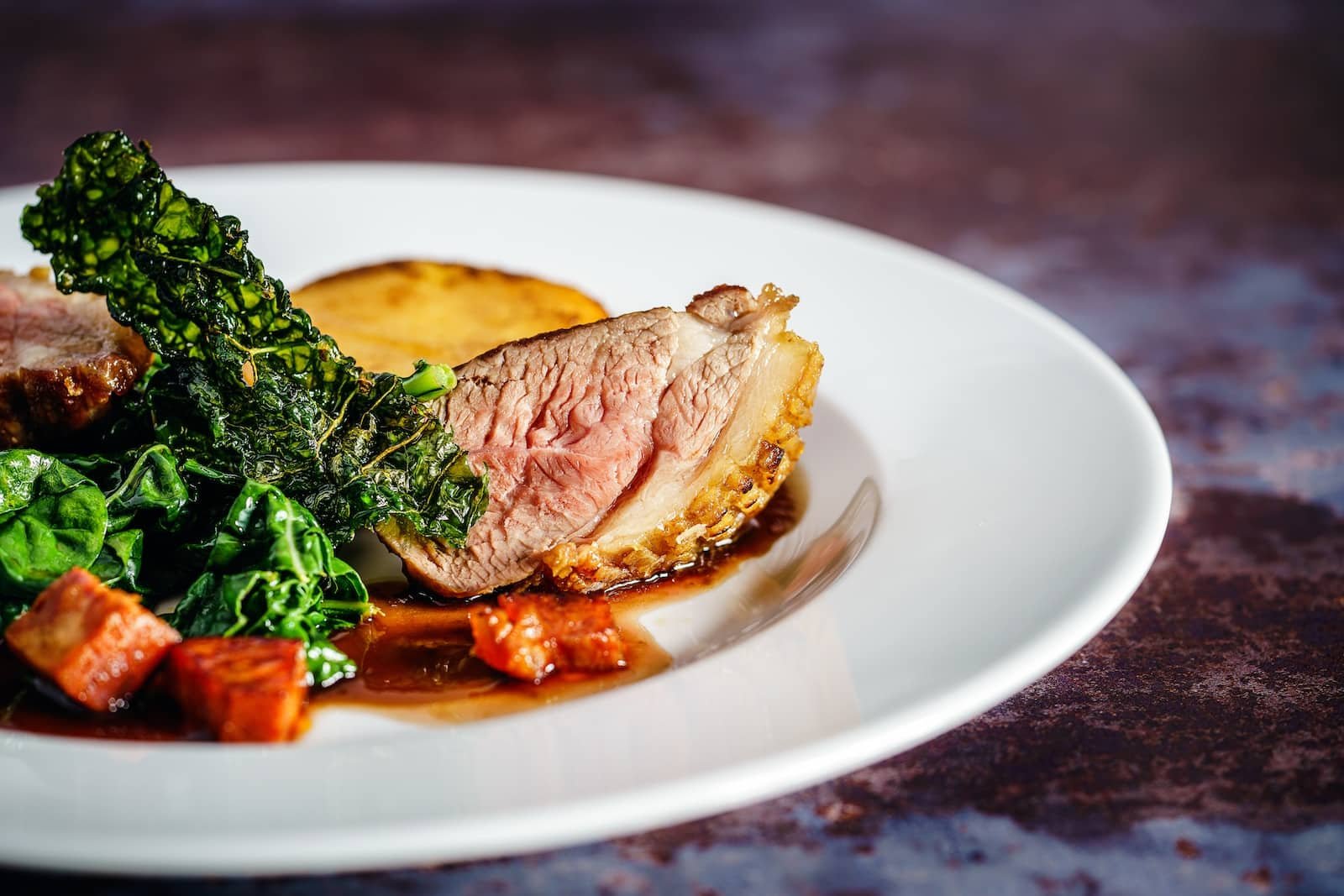Duck is a delicious and nutritious poultry option that can add variety to your dinner routine. However, improper handling of raw duck can lead to foodborne illness. According to the Centers for Disease Control and Prevention (CDC), there are an estimated 48 million cases of foodborne illness each year in the United States, resulting in 128,000 hospitalizations and 3,000 deaths. Many of these cases are caused by improper handling and cooking of poultry products like duck.
The good news is that with proper food safety practices, you can enjoy healthy and tasty duck dishes safely at home. This article will walk you through the safest methods for defrosting duck to avoid foodborne pathogens like Salmonella. Consider it your guide to feel confident handling duck from the freezer to the dinner table.
Freezing duck allows you to buy it fresh, use what you need right away, and save the rest for later. But why go through the extra step of defrosting instead of just cooking frozen duck? According to the United States Department of Agriculture (USDA), defrosting is a crucial part of handling poultry safely.
Cooking duck from frozen can lead to uneven cooking. The outside of the duck may get overcooked while the inside remains undercooked. Undercooked poultry is dangerously prone to harboring bacteria like Salmonella. Defrosting duck thoroughly before cooking ensures the meat cooks evenly to a safe internal temperature that kills potential pathogens.
When defrosting duck, your goal is to maintain a safe temperature under 40°F as the meat transitions from frozen to thawed. The USDA recommends three safe methods for defrosting duck: in the refrigerator, in cold water, or in the microwave.
Defrosting duck slowly in the refrigerator is the USDA’s recommended safe method. Place the frozen duck in a tray or container to catch any drips as it defrosts. Allow approximately 24 hours of defrost time for every 5 pounds of frozen duck.
Refrigerator defrosting keeps duck safely chilled at temperatures below 40°F throughout the process. Once duck is fully defrosted, it can be refrigerated for 1-2 days before cooking.
For faster defrosting, you can submerge wrapped frozen duck in cold water, changing the water every 30 minutes until the meat is thawed. Make sure the duck remains in its airtight packaging during cold water defrosting. Place duck in a leak-proof bag before submerging if it is not already well-wrapped.
According to the USDA Food Safety and Inspection Service (FSIS), cold water defrosting Duck should not take longer than 2 hours. As soon as the duck is fully defrosted, cook it immediately. Do not refreeze raw duck after cold water thawing.
Microwave defrosting is quicker than refrigerator or cold water methods. However, you must closely monitor the defrosting and cook the duck immediately after thawing because some areas may become warm and prone to bacteria growth.
To microwave defrost duck:
Microwave defrosting for a 3-5 pound package of duck parts takes approximately 15-20 minutes. Duck breasts may defrost more quickly in 5-10 minutes. Cook duck immediately after microwaving.
Avoid these hazardous practices when defrosting duck to prevent foodborne illness:
Defrosting duck may seem daunting, but following safe refrigerator, cold water, or microwave methods makes it simple. Proper defrosting is a crucial first step to ensure duck cooks evenly and reaches safe internal temperatures that kill harmful bacteria.
With these USDA-approved defrosting guidelines, you can enjoy healthy and delicious duck dishes year-round. Show off your cooking skills and treat your family to pan-seared duck breast, roasted duck, duck soup, and more with confidence.


